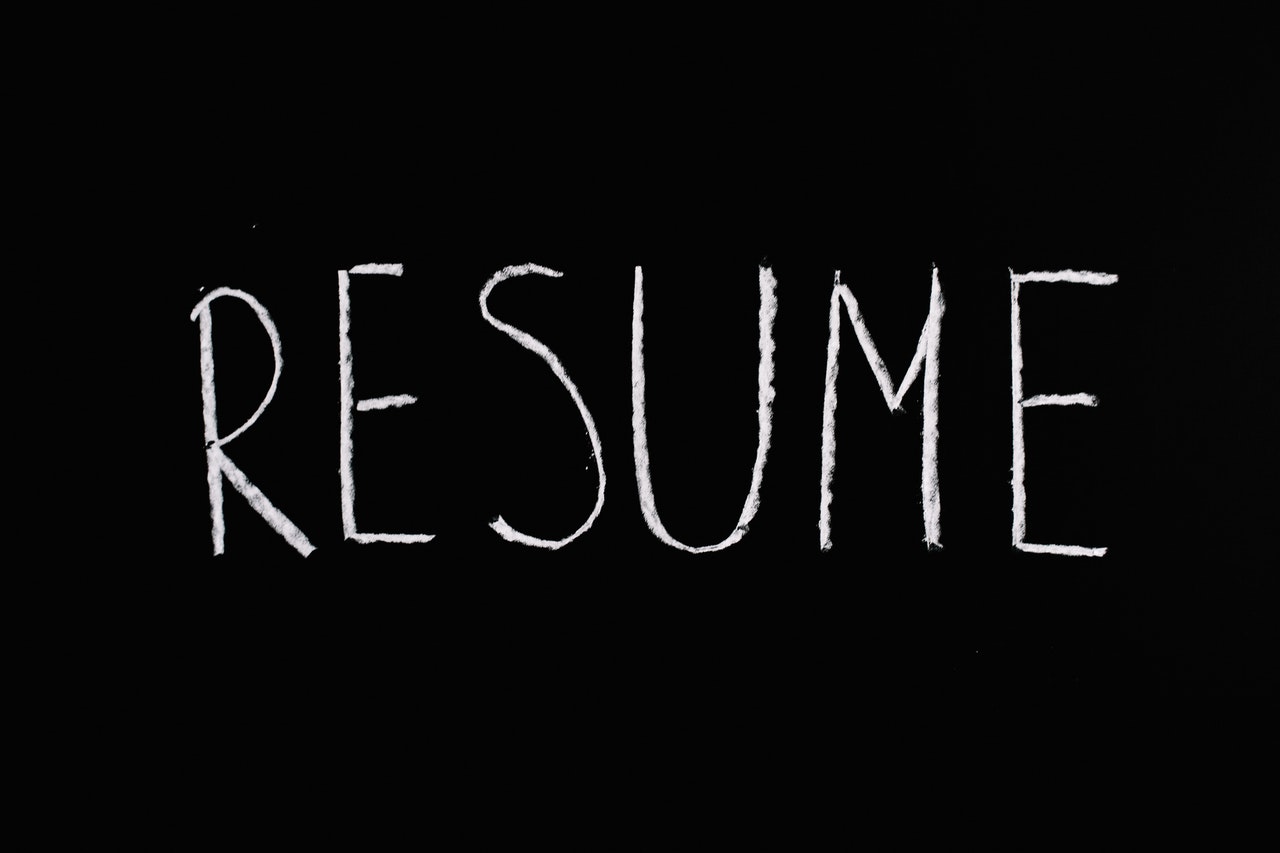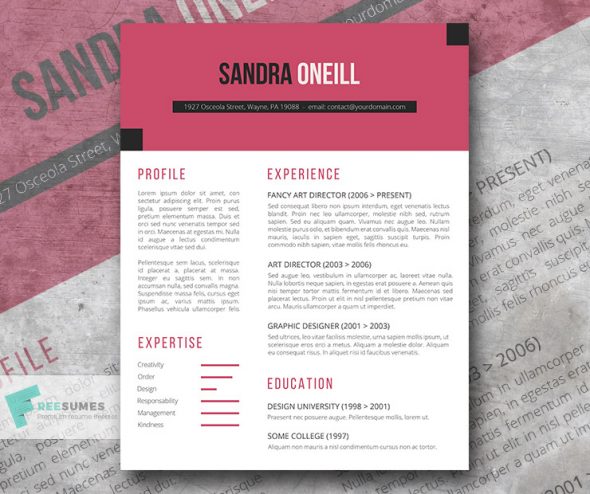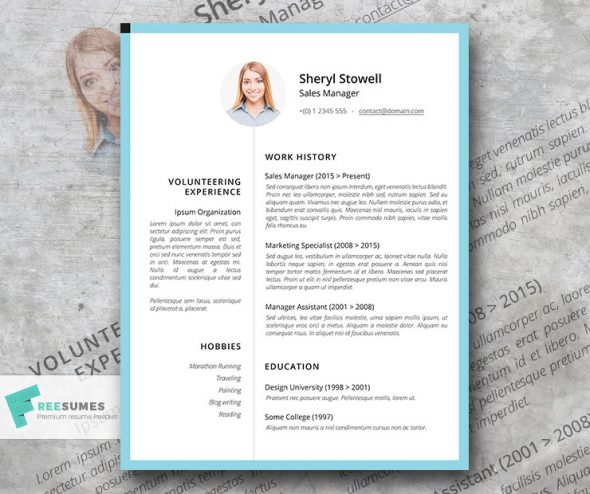One question I often encounter is “Are resumes still relevant for freelance writers?”
The short answer is yes.
If you have been a freelance writer for a while, you would know that this trade is not a one-size-fits-all deal. One client will require tons of paperwork. Another will not ask for anything but sample articles.
That’s not exactly a yes, is it?
Sure, but if you get to the bottom of it, at some point, you will be asked to send your resume. So, it is better to have one ready to whip out in a jiffy instead of having to wrack your brains to put together your resume and make it look good to increase your chances of landing a gig.
That being said, freelance writers need to realize that there are a few differences between the traditional resume that you submit with a job application for a 9-to-5 desk job and a freelance writer resume.
Before we get into that, let’s talk about the purpose of a resume.
A resume serves as your representative in paper form, in an easy-to-digest format. Its goal is to introduce yourself, your qualifications, and your skills to prospective clients and/or employers.
With this in mind, when creating a resume, you want to pack it with information that will put you in the best possible light without overwhelming the person reading it. You can browse these resume examples from Freesumes to have a concrete idea of good practices. If you work on Windows, then these resume templates for Microsoft Word can help you get started with a polished layout.
What should you put in a freelance resume?
The basics
Think of it as introducing yourself to someone who has no clue who you are. What would you tell them?
Your name, of course. Putting this in a professional setting, you would also want to include:
- your contact details – email and phone number
- educational background; this is optional but if your degree is relevant to the gigs you are applying for, it is a plus.
Job history
This is where a freelance resume will differ from a traditional one, especially if you have exclusively been freelancing for the past five to 10 years.
In a traditional resume, you list down all your employers, your positions/job titles, and your tasks individually. One might think that, in a freelance resume, you ought to do the same thing. That is, list all your clients.
While that is not wrong – there really is no right or wrong in this situation – it is not the best way to go about things. A more organized – not to mention aesthetic – method is to indicate your job title as a singular entry and then elaborate using bullet points. If you have a company name, you can include that here, too.
Here is what the job history section might look like then:
Freelance Writer, Magic Happens in Pajamas
2015-Present
- Author business-oriented articles for various companies and online publications including Splashpress Media, Business2Community, Forbes, and TIME.
- Write tech-focused blog posts for ForeverGeek, Inverse, and Ars Technica.
- Pitch blog post topics to editors.
- Write web copy for small-to-medium enterprises.
- Communicate with clients via email, chat, and phone to understand their goals and needs.
- Work in tandem with web and graphic designers to produce web-compliant material.
Note that this is one way of presenting your experience. For example, if you have a contract with a company, you may want to put that in its own segment. This is especially effective for niche industries and tasks that may be different from the ones listed above.
Freelance Copywriter, Four Seasons Landscaping
2018-Present
- Craft sales copy for print and digital brochures.
- Conceptualize marketing copy for special offers.
- Coordinate with the design department to ensure synergy between copy and visuals.
If you have relevant work experience aside from your freelance writing, include that, too. But, make sure it is truly relevant to the gig you’re applying for. As such, you may have different versions of your resume.
Let’s say you used to teach math. If you’re applying for a gig that requires (or will benefit from) mathematics knowledge, then go ahead and write it down. If not, then it’s extraneous information, which should be left out.
Certifications
While not a must, if you have certifications related to the client’s industry, then definitely include them!
About sample work and online portfolios
Here’s an essential weapon every freelance writer must have in their arsenal, with or without a resume. Believe me when I say that, while I do look at resumes when offered, I pay more attention to the writer’s published work. A resume name-dropping clients is great, but it needs to be backed up by published work. Anyone can say they write/have written for a publication, but the proof is in the pudding. Or a URL.
Most clients and/or editors will ask you to send a list of relevant URLs. Make sure what you send is indeed related to their business or publication. Else, you’ll automatically get a strike.
To make your work easier and more efficient, set up a simple online portfolio where all your work – published or not – can be seen. While clients will want specific samples from the get-go, if they are interested, they may want to dig deeper. If you have an online portfolio, this will make it easier for them as well and increase your chances of getting hired.
Not sure how to create an online portfolio? We have comprehensive guides for you here.
In summary
You do not absolutely need a resume as a freelance writer, but you will find a need for it at least once in your career. When creating your resume, think short and sweet. Include only relevant work experience, and let your work speak for itself by offering your online portfolio.








Leave a Reply